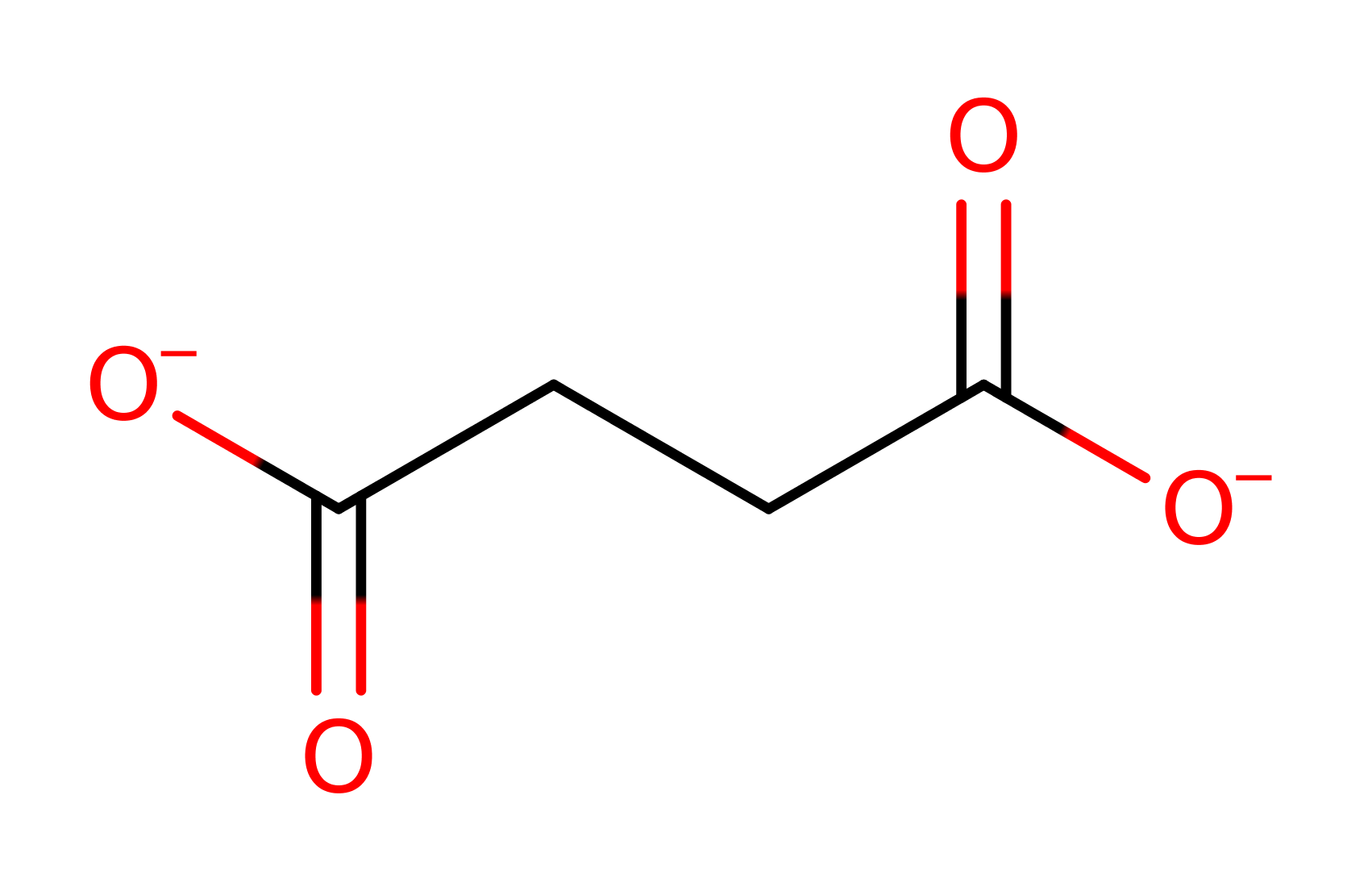Dihydroorotate dehydrogenase (fumarate)
Dihydroorotate dehydrogenase (DHOD) catalyzes the oxidation of (S)-dihydroorotate to orotate. This is the fourth step and the only redox reaction in the de novo biosynthesis of UMP, the precursor of all pyrimidine nucleotides. DHOD requires FMN as co-factor. This enzyme represents family 1 (specifically 1A) which are mostly found in bacteria and utilise fumarate as the acceptor
Reference Protein and Structure
- Sequence
-
A2RJT9
 (1.3.98.1)
(1.3.98.1)
 (Sequence Homologues)
(PDB Homologues)
(Sequence Homologues)
(PDB Homologues)
- Biological species
-
Lactococcus lactis subsp. cremoris MG1363 (Bacteria)

- PDB
-
2dor
- DIHYDROOROTATE DEHYDROGENASE A FROM LACTOCOCCUS LACTIS COMPLEXED WITH OROTATE
(2.0 Å)



- Catalytic CATH Domains
-
3.20.20.70
 (see all for 2dor)
(see all for 2dor)
- Cofactors
- Fmnh2(2-) (1)
Enzyme Reaction (EC:1.3.98.1)
Enzyme Mechanism
Introduction
Kinetic investigations supported a one-site ping-pong mechanism and showed the second half-reaction to be the rate-limiting step for DHODA. In the first half-reaction, a hydride is transferred from dihydroorotate to FMN, giving orotate and FMNH2(reduced form). In the second half-reaction, the FMN is regenerated using molecular oxygen and producing hydrogen peroxide.
Catalytic Residues Roles
| UniProt | PDB* (2dor) | ||
| Lys43 | Lys43A | Lys-43 interacts with O4 of FMN, helping to stabilise the reactive intermediates formed during the course of the reaction. | electrostatic stabiliser |
| Cys130 | Cys130A | Acts as a general acid/base. | proton shuttle (general acid/base) |
Chemical Components
References
- Nørager S et al. (2003), J Biol Chem, 278, 28812-28822. Lactococcus lactis dihydroorotate dehydrogenase A mutants reveal important facets of the enzymatic function. DOI:10.1074/jbc.M303767200. PMID:12732650.
- Silva Nde F et al. (2013), Phys Chem Chem Phys, 15, 18863-18871. Computational study of the mechanism of half-reactions in class 1A dihydroorotate dehydrogenase from Trypanosoma cruzi. DOI:10.1039/c3cp52692e. PMID:24084894.
- McDonald CA et al. (2011), Biochemistry, 50, 2714-2716. Substrate binding and reactivity are not linked: grafting a proton-transfer network into a Class 1A dihydroorotate dehydrogenase. DOI:10.1021/bi200258y. PMID:21401078.
- Shi J et al. (2006), Proc Natl Acad Sci U S A, 103, 5775-5780. Single-molecule kinetics reveals signatures of half-sites reactivity in dihydroorotate dehydrogenase A catalysis. DOI:10.1073/pnas.0510482103. PMID:16585513.
- Björnberg O et al. (2001), Arch Biochem Biophys, 391, 286-294. Dihydrooxonate is a substrate of dihydroorotate dehydrogenase (DHOD) providing evidence for involvement of cysteine and serine residues in base catalysis. DOI:10.1006/abbi.2001.2409. PMID:11437361.
- Palfey BA et al. (2001), Biochemistry, 40, 4381-4390. Insight into the chemistry of flavin reduction and oxidation in Escherichia coli dihydroorotate dehydrogenase obtained by rapid reaction studies. PMID:11284694.
- Jordan DB et al. (2000), Arch Biochem Biophys, 378, 84-92. Catalytic properties of dihydroorotate dehydrogenase from Saccharomyces cerevisiae: studies on pH, alternate substrates, and inhibitors. DOI:10.1006/abbi.2000.1823. PMID:10871048.
- Fraaije MW et al. (2000), Trends Biochem Sci, 25, 126-132. Flavoenzymes: diverse catalysts with recurrent features. PMID:10694883.
- Björnberg O et al. (1999), Biochemistry, 38, 2899-2908. The activity of Escherichia coli dihydroorotate dehydrogenase is dependent on a conserved loop identified by sequence homology, mutagenesis, and limited proteolysis. DOI:10.1021/bi982352c. PMID:10074342.
- Rowland P et al. (1998), Protein Sci, 7, 1269-1279. The crystal structure oflactococcus lactisdihydroorotate dehydrogenase A complexed with the enzyme reaction product throws light on its enzymatic function. DOI:10.1002/pro.5560070601. PMID:9655329.
- Björnberg O et al. (1997), Biochemistry, 36, 16197-16205. Active site of dihydroorotate dehydrogenase A from Lactococcus lactis investigated by chemical modification and mutagenesis. DOI:10.1021/bi971628y. PMID:9405053.
- Rowland P et al. (1997), Structure, 5, 239-252. The crystal structure of the flavin containing enzyme dihydroorotate dehydrogenase A from Lactococcus lactis. PMID:9032071.
Catalytic Residues Roles
| Residue | Roles |
|---|---|
| Cys130A | proton shuttle (general acid/base) |
| Lys43A | electrostatic stabiliser |




